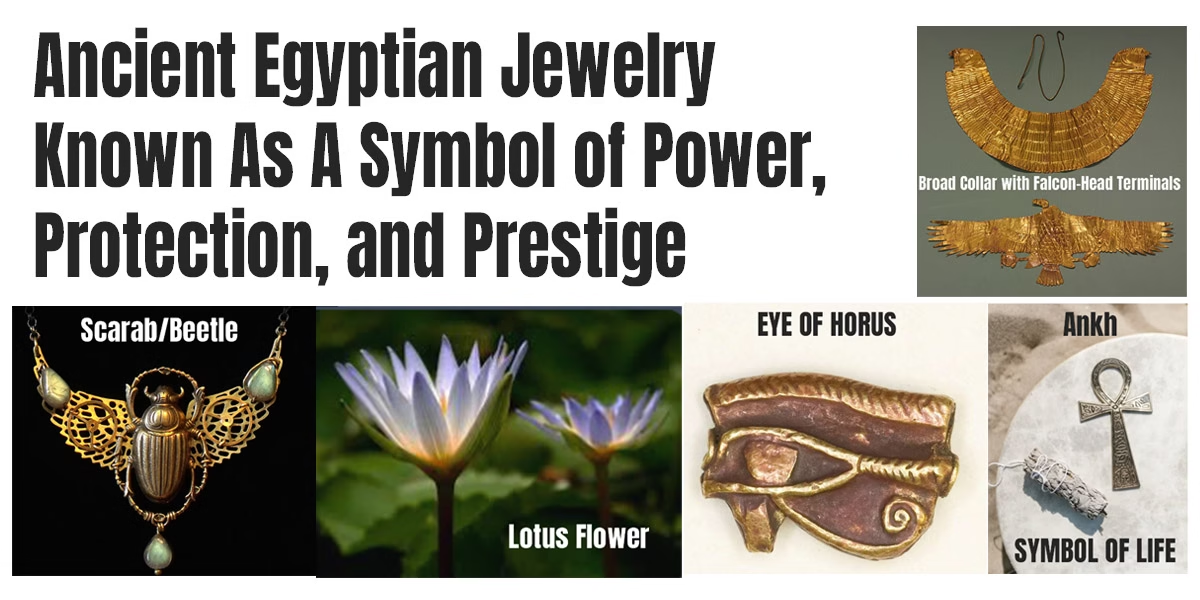
The history of visual arts is a rich and diverse tapestry woven across centuries, reflecting the evolution of human culture, beliefs, and expression. From ancient cave paintings to contemporary digital art, the visual arts have played a pivotal role in documenting our collective history and expressing the depth of human creativity. Let’s embark on a journey through the key periods and movements that have shaped the history of visual arts.
Prehistoric Art (circa 30,000 BCE – 3,000 BCE):
The earliest known forms of visual art are found in prehistoric cave paintings and carvings. These artworks, such as those in the Lascaux Caves in France, depict animals, hunting scenes, and symbolic motifs. They serve as a testament to early human attempts to communicate, record experiences, and engage with the world through visual representation.
Ancient Art (3,000 BCE – 476 CE):
Ancient civilizations, including Mesopotamia, Egypt, Greece, and Rome, contributed significantly to the visual arts. Each culture developed distinct artistic styles, often influenced by religious beliefs and societal structures. Greek classical sculptures, Egyptian hieroglyphics, and Roman frescoes are iconic examples of ancient visual arts.
Medieval Art (476 CE – 1400 CE):
The medieval period saw the dominance of religious themes in art, with illuminated manuscripts, stained glass windows, and Byzantine iconography prevailing. Artisans during this era played a crucial role in preserving and transmitting knowledge, especially within the confines of monasteries.
Renaissance (14th – 17th centuries):
The Renaissance marked a profound shift in artistic thinking. Characterized by a revival of interest in classical Greek and Roman art, Renaissance artists like Leonardo da Vinci, Michelangelo, and Raphael explored new techniques, perspective, and anatomical accuracy. The period witnessed a focus on humanism, individualism, and a celebration of the human form.
Baroque and Rococo (17th – 18th centuries):
The Baroque period was characterized by dramatic, emotional, and dynamic compositions. Artists like Caravaggio and Rembrandt used chiaroscuro to create intense contrasts of light and shadow. The Rococo movement that followed embraced elaborate, ornamental styles, often seen in the works of artists like Jean-Honoré Fragonard.
Neoclassicism and Romanticism (late 18th – 19th centuries):
Neoclassicism sought inspiration from classical antiquity, emphasizing order, clarity, and rationality. In contrast, Romanticism celebrated emotion, nature, and individual expression. Artists like Jacques-Louis David represented Neoclassicism, while J.M.W. Turner and Caspar David Friedrich exemplified the Romantic spirit.
Realism and Impressionism (19th century):
The mid-19th century saw a departure from idealized depictions with the rise of Realism, emphasizing the portrayal of ordinary life. The Impressionist movement challenged traditional artistic conventions, with artists like Claude Monet and Edgar Degas focusing on capturing the fleeting effects of light and atmosphere.
Modern and Contemporary Art (20th century – present):
The 20th century witnessed a diverse range of movements, including Cubism, Surrealism, Abstract Expressionism, Pop Art, and Postmodernism. Artists like Pablo Picasso, Salvador Dalí, Jackson Pollock, Andy Warhol, and Banksy pushed the boundaries of traditional artistic norms, exploring new forms of expression and challenging established concepts of art.
Digital and Contemporary Practices (late 20th century – present):
The advent of technology in the late 20th century brought about a new era in visual arts. Digital art, multimedia installations, and interactive experiences have become integral to contemporary artistic expression. Artists utilize a wide range of mediums, from traditional paint and canvas to virtual reality and digital platforms, reflecting the ever-evolving nature of artistic exploration.
In conclusion, the history of visual arts is a fascinating journey through time, reflecting the ingenuity, diversity, and continuous evolution of human expression. From the earliest cave paintings to the cutting-edge innovations of today, the visual arts remain a powerful means of communication and a mirror to the collective soul of humanity.







